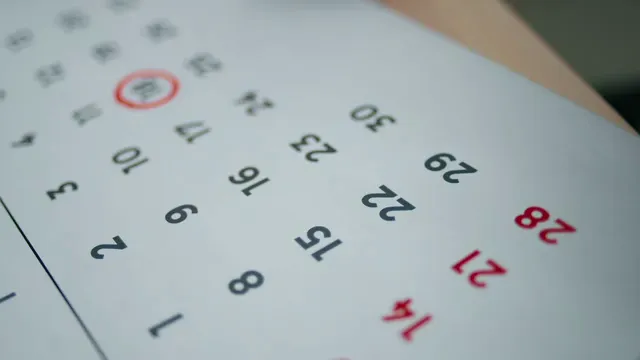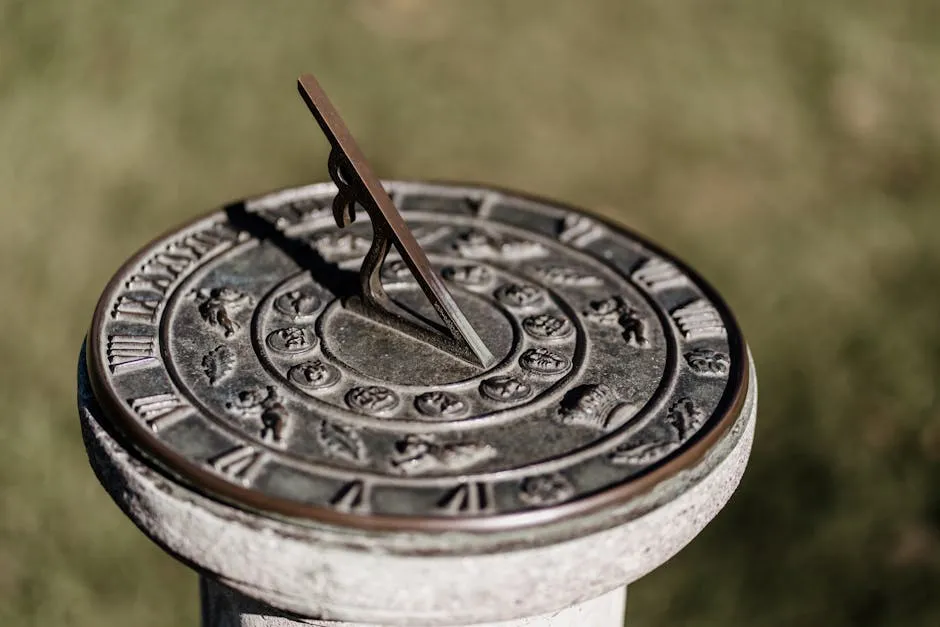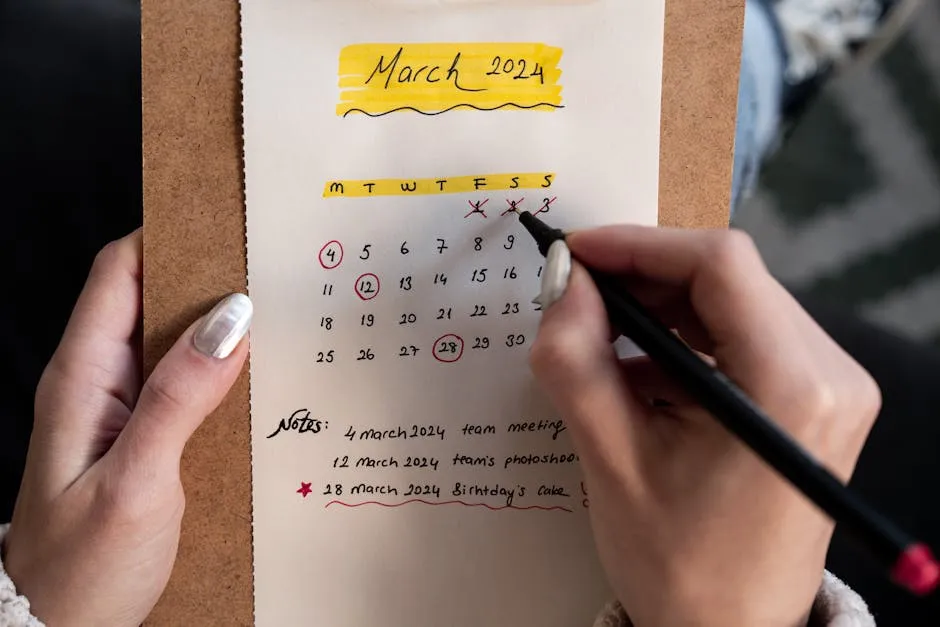
Why Do We Have Leap Year?
Introduction
Leap years occur every four years, adding an extra day to our calendar. This special day, known as Leap Day, falls on February 29. In this article, we will discuss the reasons behind leap years, their historical context, and their cultural significance.
Summary and Overview
Leap years are essential for aligning our calendar with the Earth’s orbit around the Sun. While a calendar year has 365 days, the solar year lasts about 365.242 days. This slight difference may seem minor, but it adds up over time. Without leap years, our calendar would drift out of sync with the seasons. In as little as 700 years, summer could start in December!
This article will cover the fascinating history of leap years, the rules governing them, and their implications for agriculture and daily life. Understanding leap years helps us appreciate the intricate relationship between timekeeping and the cosmos.
If you’re curious to dive deeper into the world of timekeeping, check out The Science of Time: A Book for Curious Minds. It’s a fantastic read that uncovers the mysteries behind our perception of time!

The Scientific Basis of Leap Years
Understanding the Solar Year
Have you ever wondered why we have leap years? It all comes down to how we measure time. The solar year, or the time it takes Earth to orbit the Sun, is about 365.242 days. This slight difference is crucial for timekeeping.
Our calendar, however, is based on a simpler 365-day system. Over time, this discrepancy causes seasonal drift. Imagine summer starting in December! Without leap years, our calendar would shift, leading to confusion in agriculture and daily life.
To prevent this drift, we add an extra day every four years. Thus, February gets a leap day, making it 29 days long instead of 28. This adjustment keeps our calendar aligned with the solar cycle, ensuring seasons occur when we expect them.
So, as you plan your year, consider how leap years impact your calendar. They play a vital role in keeping our time aligned with nature. Looking to celebrate this unique day? Consider some fun Leap Year Themed Party Decorations to make your celebration pop!

Why We Need Leap Years
Leap years serve a critical purpose: they prevent calendar drift. Without them, our seasons would gradually misalign with the calendar. For example, in just 700 years, summer could begin in December!
This misalignment has significant implications. Farmers depend on seasonal cycles for planting and harvesting. A drifting calendar could disrupt these cycles, affecting food production.
Historically, the consequences of calendar misalignment have been evident. Ancient civilizations relied on accurate calendars for agricultural success. Without leap years, societies would struggle to maintain harmony with the natural world.
In summary, leap years are essential for calendar alignment. They help maintain our connection to Earth’s seasons. As you reflect on this, think about how a misaligned calendar could disrupt your life. And speaking of disruption, have you ever tried to keep track of your time? Grab a Time Management Planner to keep everything in check!

Historical Context
The Julian Calendar
Julius Caesar introduced the Julian calendar in 46 BC. This was a significant shift in historical timekeeping. The calendar featured a year of 365 days, with an extra day added every four years. This extra day is known as a leap day. The Julian calendar was influenced by the Egyptian solar calendar, which emphasized the importance of aligning time with astronomical events.
The year structure of the Julian calendar included twelve months, with February being the shortest. The implementation of leap years aimed to correct seasonal drift. Initially, February had 28 days, but every four years, it gained an additional day. This adjustment was crucial for agricultural and societal planning.
The Julian calendar remained in use for over 1,600 years, but it had its flaws. It miscalculated the solar year by about 11 minutes. This discrepancy eventually led to a drift of approximately three days every 400 years. Understanding the Julian calendar helps us appreciate the evolution of timekeeping.

The Gregorian Calendar Reform
In 1582, Pope Gregory XIII reformed the Julian calendar. His goal was to correct inaccuracies that had accumulated over centuries. The Gregorian calendar introduced a more precise leap year rule. Under this system, years divisible by four are leap years, except for century years. If a year is divisible by 100, it’s only a leap year if it’s also divisible by 400.
For instance, the years 1700, 1800, and 1900 were not leap years. However, the year 2000 was indeed a leap year. This adjustment was necessary to realign the calendar with the solar year. The Gregorian calendar, with its refined rules, remains the most widely used calendar today.
Pope Gregory’s reform helped stabilize the calendar, preventing future drift. This change was adopted first by Catholic countries, with Protestant nations following later. The Gregorian calendar’s rules have made it possible to keep our timekeeping in sync with the Earth’s orbit. Learning about these historical reforms enriches our understanding of how we measure time. If you’re fascinated by the evolution of calendars, consider reading The Calendar: A History of Our Days.

Cultural Implications and Traditions
Leap Day Celebrations
Leap Day, February 29, brings unique cultural celebrations around the globe. Various traditions have emerged, making this extra day special. In some places, it’s a time for grand parties and events.
For example, Anthony, Texas, boasts a two-day festival honoring Leap Day birthdays. This event features live music, local vendors, and community spirit. It’s a vibrant celebration that highlights the joy of being a leapling.
Folklore also surrounds this day. Many cultures believe that Leap Day allows women to propose to men. This tradition, originating from Ireland, has spread and remains alive today.
Did you know that around 5 million people worldwide celebrate their birthdays on Leap Day? This statistic adds to the day’s charm. Want to throw a fantastic birthday bash? Don’t forget to grab some Leap Year Birthday Celebration Supplies to make it memorable!

The Unique Experience of Leaplings
Being born on February 29 is a unique experience. Those born on this day are often called leaplings. They face intriguing challenges and benefits.
For leaplings, official recognition of their birthday can be tricky. In some regions, their legal birthday is marked as February 28, while others recognize it as March 1. This can lead to confusion during birthday celebrations.
Leap Day celebrations for leaplings can be inventive. Many choose to celebrate on both February 28 and March 1, turning their special day into a multi-day event.
Cultural perceptions of leaplings vary. While some see them as lucky, others view their birthdays as a curiosity. If you know a leapling, why not surprise them with a thoughtful gift? Check out some great February 29th Birthday Gifts to make their day even more special!

Leap Year Calculations
Rules for Determining Leap Years
Understanding leap years is simpler than you might think! To identify a leap year, follow these straightforward rules. A year is a leap year if it is divisible by 4. However, there’s an important exception: if the year is divisible by 100, it must also be divisible by 400 to be a leap year.
For example, the year 2000 was a leap year, but 1900 was not. This means we add an extra day to February every four years, making it 29 days long instead of 28.
Recent leap years include 2020 and 2024. Upcoming leap years are 2028 and 2032. These adjustments help our calendar stay aligned with the Earth’s orbit. If you want to further explore the cosmos, check out The Ultimate Guide to Astronomy!

If you’re curious about the reasons behind leap years, check out this article on why is there a leap year.
The Future of Leap Years
What does the future hold for leap years? Current calculations do a good job, but there’s room for improvement. As we refine our timekeeping, some experts propose adjustments to the leap year system.
The Gregorian calendar, used widely today, corrects for inaccuracies. However, it still leads to a slight drift over centuries. Some scientists suggest new methods to enhance accuracy.
Imagine designing a calendar system yourself! How would you handle leap years? Would you keep the current system or create something new? Let your imagination run wild and share your ideas! And while you’re at it, why not pick up some Leap Year Themed T-Shirts to show off your enthusiasm!

Please let us know what you think about our content by leaving a comment down below!
Thank you for reading till here 🙂
All images from Pexels




